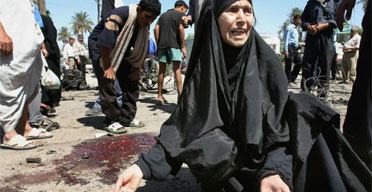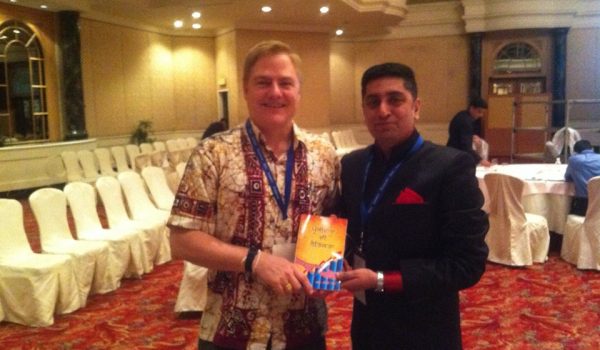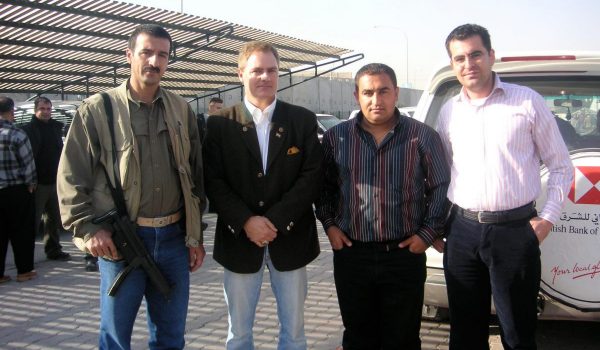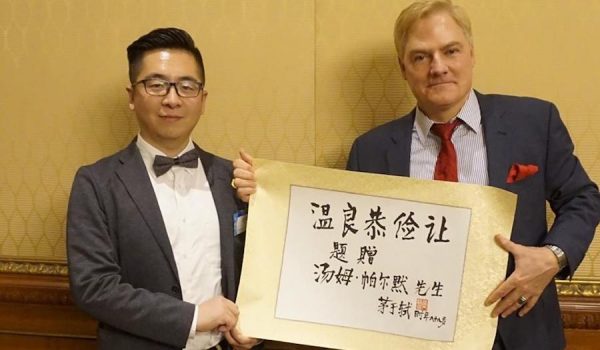
A most insightful essay in today’s Outlook section of the Washington Post by Hiwa Osman on “What Do the Insurgents Want? Different Visions, Same Bloody Tactics” (requires simple registration).
Osman distinguishes three groups of terrorists. The first is made up of “those who were fired from their jobs in the military and other government institutions for being members of the Baath party but who don’t really believe in Saddam Hussein’s doddering old brand of Arab socialism.”
But two other important factions of the insurgency — the die-hard Baathists and the pro-al Qaeda Islamist militants — would not hesitate to attack what they would see as a perfect target: a giant generator, 12 policemen and 16 Iraqi national guardsmen. Promoting instability by disrupting public services and crippling the security apparatus of the new Iraq is the heart of their strategy.
Complete chaos is their goal, either (for the jihadis) to plunge the entire region into war and hope for the emergence of a Sunni Caliphate or (for the Ba’athist secret police,
The return of Baathist rule through a military coup. E-mailing from his hideout last month, a former high-ranking member of the military put it simply: “Once we kick the occupation out, we will have enough power and a strong will to resume the leadership of Iraq.” He added, “We were able to do it in 1963 and in 1968. We can do it again,” referring to the dates of the party’s two seizures of power.










It definitely seems as if the leaders of these respective movements, whomever they may be, are cleverly projecting all of their ideological force against the invading force so that insurgent groups don’t end up warring with each other. However, that sort of general agreement in terms of objectives creates an unsustainable situation. If, and God forbid they do, win this battle for Iraq, the resulting conflicting claims for power will only lead to a civil war of sorts between rival factions of unseemly terrorist groups.